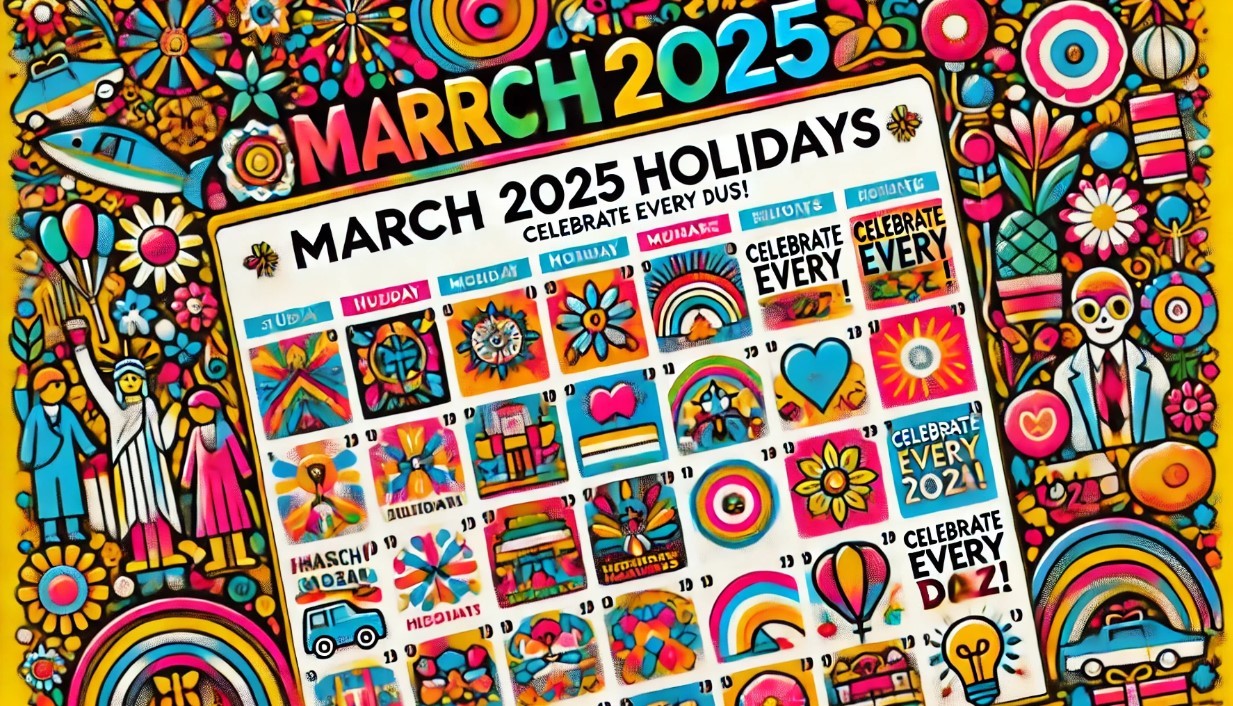Celebrations of Spring Equinox Around the World
How Spring Equinox is celebrated in the world
The spring equinox, also called the vernal equinox, is the official start of spring and usually occurs around March 19th, 20th, or 21st.
After the Spring equinox, the Northern Hemisphere has longer days and shorter nights until the summer solstice that occur in late June. Longer daylight causes the flowers to bloom as the last bits of snow on the ground melt away, and the birds are back. The first day of spring is considered a holiday across many religions and cultures.
The celebration of equinoxes and solstices is happening by various groups throughout history, as it was considered a crucial turning point in the seasons.
UK Stonehenge - Celebrations of Spring Equinox
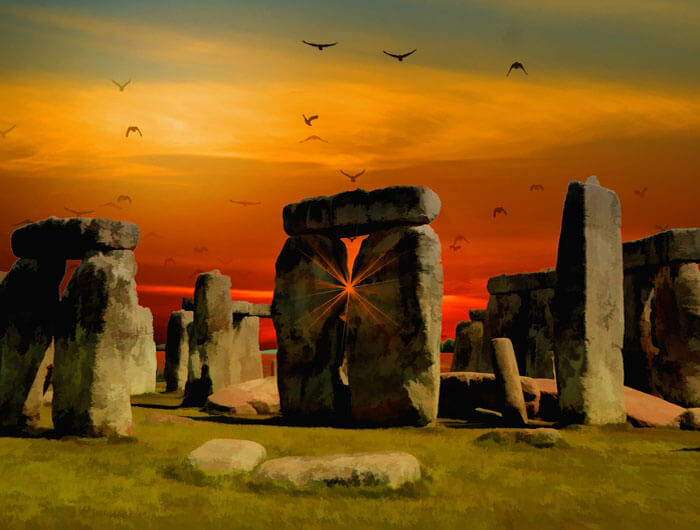
People also gathered at Stonehenge to view the spring equinox. Druids, Pagans, and Wiccans, who draw on beliefs from a variety of ancient religions that revere nature, will gather at dawn on March 20 at Stonehenge in the west of England. They will watch the sunrise above the ancient ring of stones thought to have been placed there 5,000 years ago. They call this spring equinox festival Ostara and celebrate it by drinking dandelion and burdock cordials, which they believe cleanses the blood, and playing ancient musical instruments. The trek to Stonehenge begins before dawn and people come dressed in all kinds of traditional pagan clothing.
United States - Celebrations of Spring Equinox
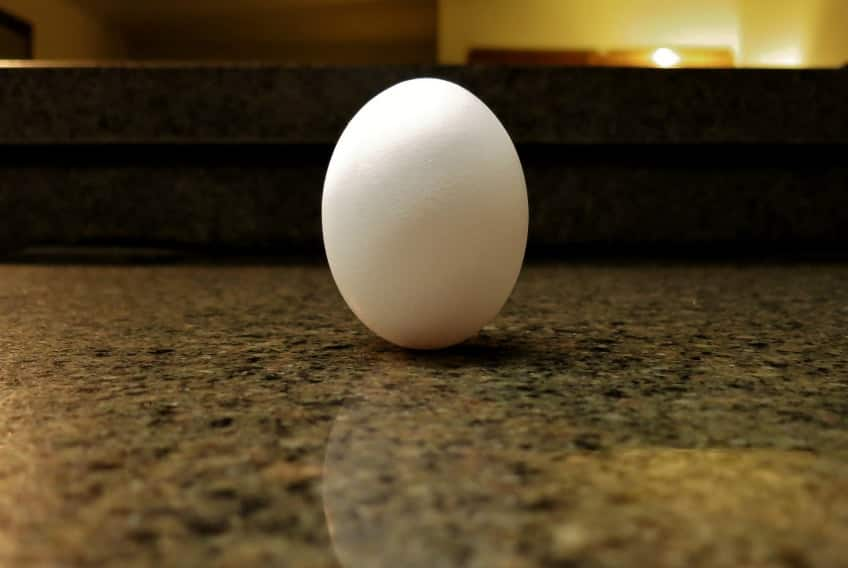
One of the spring traditions in the United States is to try and balance an egg on one end. This custom dates back to the 1940s when a magazine article explained that it was a Chinese custom to stand a raw egg on its end at the first moment of spring. This was believed to bring good luck for the rest of the year.
Americans began their egg-balancing tradition on their first day of spring in March. And it has continued ever since. Some believe that egg balancing can only be done on the spring equinox because of gravity shifts between the sun and Earth. But this is just a myth. Egg balancing is possible any day of the year with the right egg, some skill, and a little patience!
Mexico - the pyramid of Kukulcan
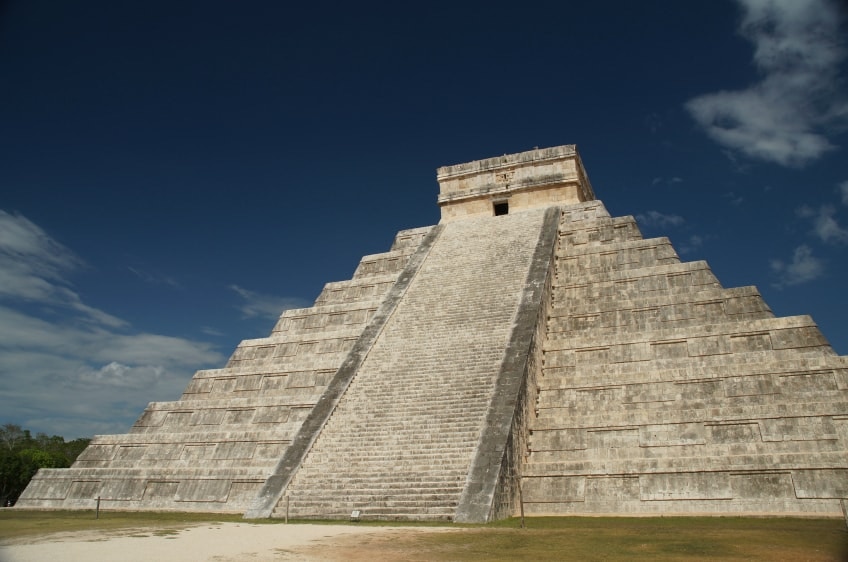
Many towns around Mexico hold spring festivals to celebrate the new season. And children’s parades are a popular sight, featuring kids dressed up as flowers and animals.
But one of the biggest spring celebrations takes place at an ancient site known as Chichén Itzá. This was a large city built by people called the Maya. The city features a huge monument made in the shape of a pyramid. It’s known as El Castillo, or the Castle. On the spring equinox, thousands of people gather around this structure as the sun sets to celebrate the Return of the Sun Serpent. As the sunlight fades, shadows create the appearance of a snake slithering down the stairway of the pyramid, according to CBC.
India - Celebrations of Spring Equinox
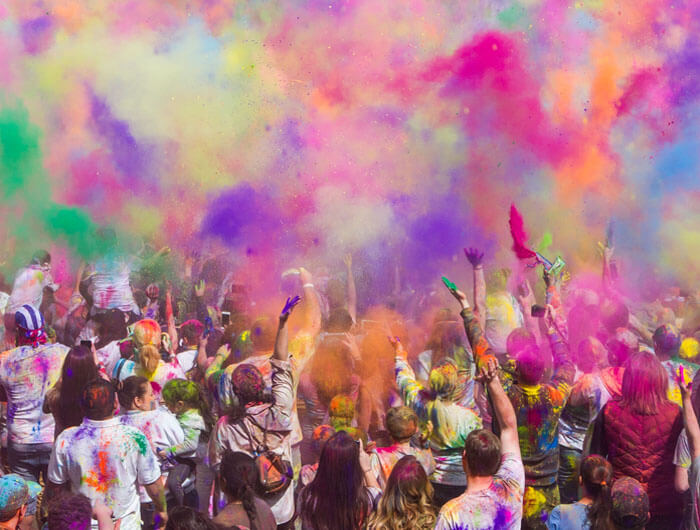
Hindu culture celebrates the coming of spring with countless festivals, the most well-known of course being Holi. Holi is one of the major festivals celebrated in India and celebrates the victory of good over evil and the onset of spring and the end of winter. It takes place every year, just as the vernal equinox approaches. The festival is celebrated with rituals and bonfires that light effigies of Holika. During the day, people all over the country throw powdered color and colored water in balloons as well as hand-held spray guns in play and fun. The celebration of Holi has become popular across the world, though it is mainly observed in India and Nepal.
China

On the spring equinox all over China people play the egg standing game. There is an ancient Chinese belief that you can stand an egg on its end on the first day of spring. Eggs are often associated with the spring equinox because of their standing as a symbol of birth and fertility, and the myth that one can be balanced on its end only on that day likely relates to the day’s re-balance of day and night.
Ireland
In Ireland, St. Patrick's Day is celebrated each year on March 17. St. Patrick is known as a symbol of Ireland, particularly around every March. One of the reasons he's so famous is because he drove the snakes out of Ireland, and was even credited with a miracle for this. What many people don't realize is that the serpent was actually a metaphor for the early Pagan faiths of Ireland.
St. Patrick brought Christianity to the Emerald Isle and did such a good job of it that he practically eliminated Paganism from the country
Scotland (Lanark)
In the area of Lanark, Scotland, the spring season is welcomed with Whuppity Scoorie, held on March 1. Children assemble in front of a local church at sunrise, and when the sun comes up, they race around the church waving paper balls around their heads. At the end of the third and final lap, the children gather up coins thrown by local assemblymen.
According to the Capital Scot, there's a story that this event began ages ago when troublemakers were "scoored" in the Clyde River as punishment for bad behavior. It appears to be unique to Lanark and does not seem to be observed anywhere else in Scotland.
Russia
In Russia, the celebration of Maslenitsa is observed as a time of the return of light and warmth. This folk festival is celebrated about seven weeks before Easter. During the Lent season, meat and fish and dairy products are prohibited.
Maslentisa is the last chance anyone will get to enjoy those items for a while, so it's typically a big festival held before the somber, introspective time of Lent. A straw effigy of the Lady of Maslenitsa is burned in a bonfire. Leftover pancakes and blintzes are tossed in as well, and when the fire has burned away, the ashes are spread in the fields to fertilize the year's crops.
Italy
For the ancient Romans, the Feast of Cybele was a big deal every spring. Cybele was a mother goddess who was at the center of a Phrygian fertility cult, and eunuch priests performed mysterious rites in her honor.
Her lover was Attis (who also happened to be her grandson), and her jealousy caused him to castrate and kill himself. His blood was the source of the first violets, and divine intervention allowed Attis to be resurrected by Cybele, with some help from Zeus. In some areas, there is still an annual celebration of Attis' rebirth and Cybele's power, called the Hilaria, observed from March 15 to March 28.
Spain
People in Valencia, Spain, have their spring celebration called Las Fallas. It is a wild, five-day street festival involving fire. The festival centers on the creation – and burning – of huge colorful statues made of wood, paper, and plastic. The statues are meant to look like real people. Often, they are modeled after Spanish politicians or stars.
Portugal
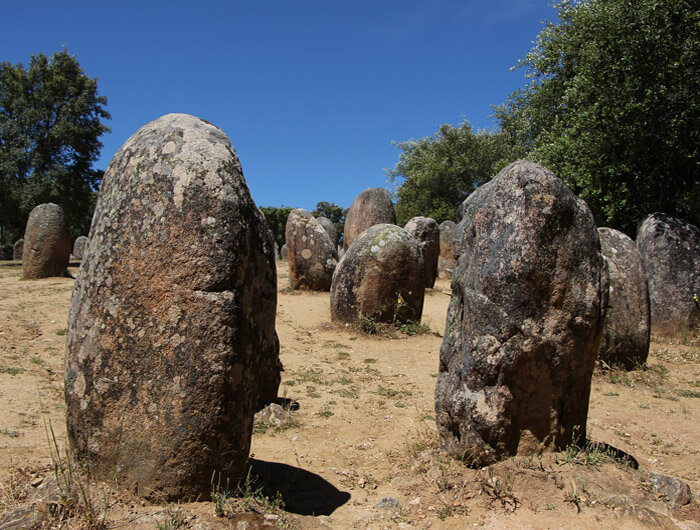
The Cromlech of Almendres in Portugal is one of the oldest megalithic complexes in the world and thousands of years older than Stonehenge. Situated on an east-facing hill slope nestled in a grove of cork and olive trees, on the morning of the equinox the sun rises along the axis of the monument, casting in-line shadows of the stones.
Czech Republic
People in Litomerice in the Czech Republic get together at the time of the spring equinox to revive the ancient Slavic tradition of Provoda.
Poland
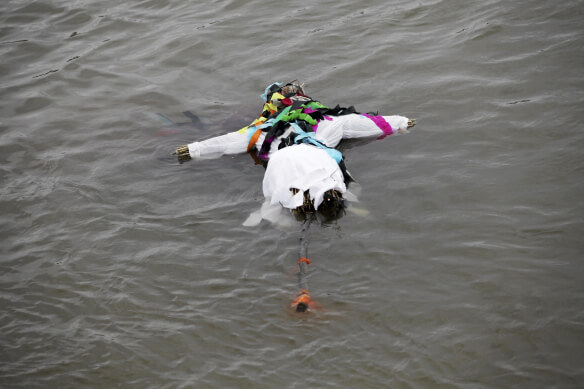
To symbolize the beginning of spring, the children in Poland make Marzanna dolls out of straw and other flammable materials and perform a ritual burning and subsequently drowning of the dolls in the river. Marzanna is a female goddess associated with death, winter, and nightmares so this ritual is a way of cleansing people of the harsh winters they have endured. They can then welcome the new season of spring by collecting flowers and decorating branches.
Belarus
In Belarus, the spring equinox symbolizes the arrival of spring to the country which symbolizes the returning of birds to their homeland. To celebrate this Belarusians decorate trees with ribbons and paper birds, they also bake bread in the shape of birds, bring it outside, and throw it up into the sky, followed by singing a spring call to the birds.
Egypt
The Festival of Isis was held in ancient Egypt as a celebration of spring and rebirth. Isis features prominently in the story of the resurrection of her lover, Osiris. Although Isis' major festival was held in the fall, folklorist Sir James Frazer says in The Golden Bough that "We are told that the Egyptians held a festival of Isis at the time when the Nile began to rise… the goddess was then mourning for the lost Osiris, and the tears which dropped from her eyes swelled the impetuous tide of the river."
Iran
The first day of spring in Iran also marks the beginning of the Iranian New Year. A festival of spring, called Nowruz, is celebrated on this day. And it is a national holiday in Iran. It takes weeks for Iranians to prepare for this spring festival. For starters, they clean their homes from top to bottom, carefully washing rugs, windows, curtains, and furniture to greet the season. There is also a tradition of buying a set of new clothes. On the spring equinox, families dress in their new clothes and visit family and friends. Elders often give kids gifts of candy and coins.
In Iran, the festival of No Ruz begins shortly before the vernal equinox. The phrase "No Ruz" actually means "new day," and this is a time of hope and rebirth. Typically, a lot of cleaning is done, old broken items are repaired, homes are repainted, and fresh flowers are gathered and displayed indoors.
Turkey
Turkey’s Kurds are celebrating Newroz, the Kurdish festival welcoming spring. On the eve of the equinox, Kurds in Turkey light bonfires to symbolize the passing of the dark winter season and the arrival of the light spring season. On the day itself, they wear new clothes, gather spring flowers and sing, dance, recite poetry and smash pottery for good luck. Many urban families will make a special trip out to the country to be at one with nature and see the first shoots of spring.
Israel
The Jewish Passover is one of the most important holidays in the Jewish calendar. It’s an eight-day festival (seven days for Reform Jews and Jews in Israel) celebrated in the early spring, starting on the 15th day of the Hebrew month of Nisan. The 14th day of Nisan begins on the night of the first full moon after the vernal equinox. Passover starts with a big ritual meal known as the Seder (say “say-der”), which means “order” in Hebrew. Family and friends come together to eat traditional dishes. During Passover, Jews refrain from eating leavened food (made with yeast) such as bread and stores stop selling bread and bread products for the entire week.
Japan
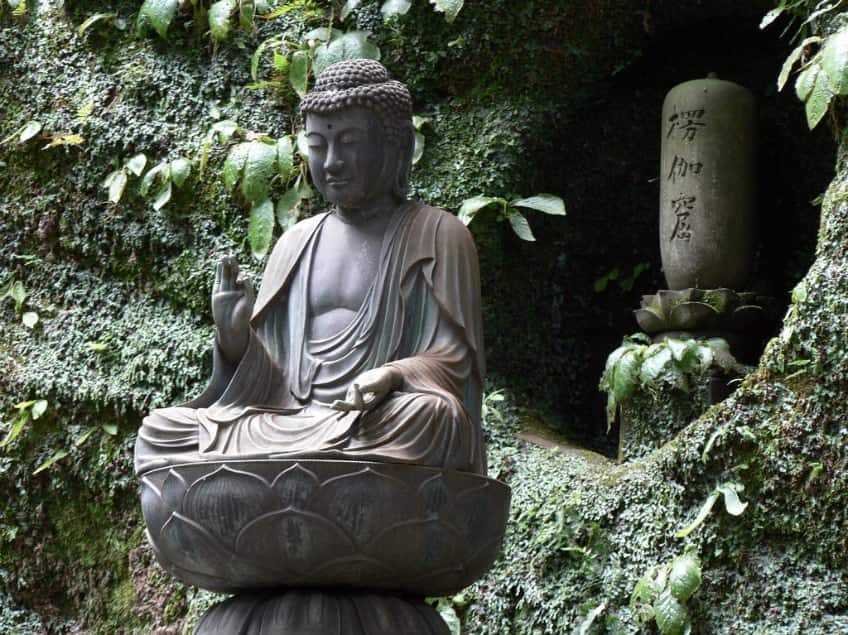
The spring equinox is a national holiday in Japan that’s called Shunbun no Hi. It’s a day to appreciate nature and all living creatures. An important Japanese tradition on the equinox includes visiting the graves of ancestors. Families spend much of the day cleaning gravesites and leaving fresh spring flowers at the cemetery.
Cambodia

The start of spring is the perfect time to make your long-awaited pilgrimage to Cambodia. On the day of the equinox, the sun is said to line up perfectly with the main tower of legendary temple Angkor Wat.
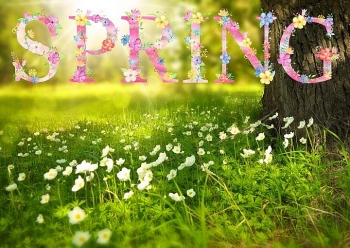 What is the Vernal Equinox: Start Spring, Meaning, Celebration, Horoscope What is the Vernal Equinox: Start Spring, Meaning, Celebration, Horoscope What is the Vernal Equinox: Start Spring, Meaning, Celebration, Horoscope - What the equinox means for YOUR star sign and everything to Know. |

